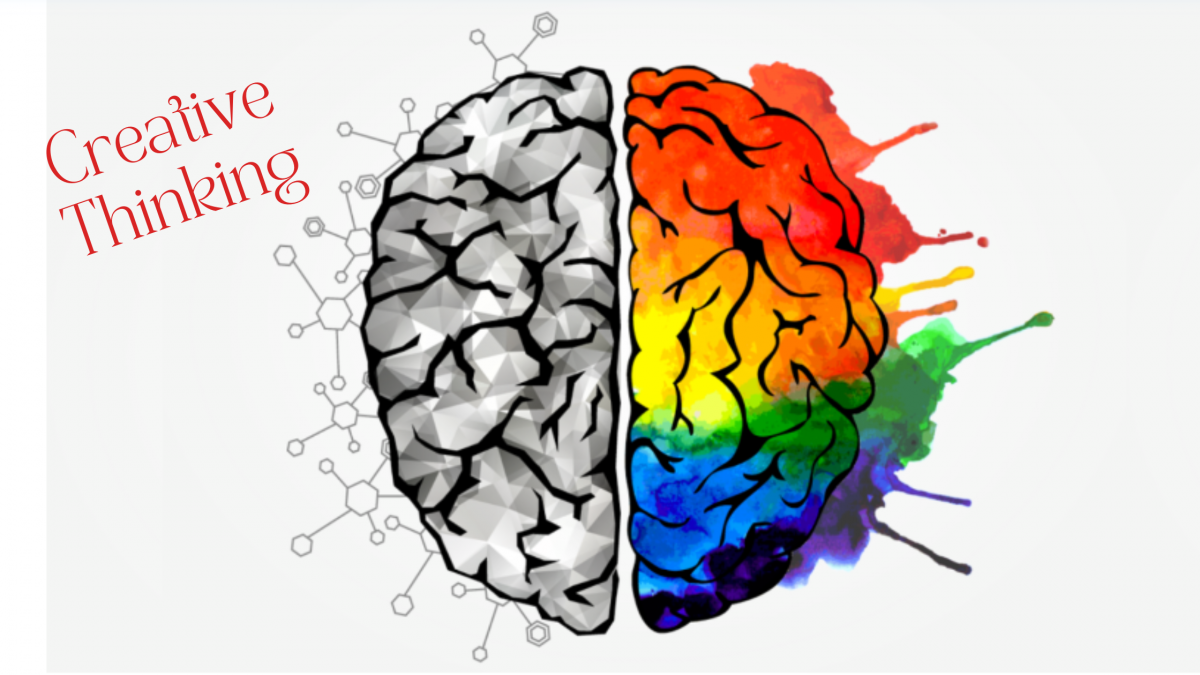
Why & how facilitators should encourage Creative Thinking/Development of a child
Among the various life skills that must be embedded in children from an early age, creativity is often singled out as the most important. As a matter of fact, many educators consider creativity to be the core life skill that children should develop, as it has been seen to support academic performance and help in the flowering of various talents.
Why Creativity
Creativity provides children with the elasticity to adapt to various situations leading them towards solutions to problems and challenges. On a higher plane, creativity improves persistence and focus in children, the outcomes leading them to self-fulfilment, to feeling empowered. Creativity is closely linked to critical thinking and problem-solving skills and is a vital component of a non-chaotic, organized, and orderly thought process – purposeful thinking, to put things simply. As a matter of fact, it would not be an exaggeration to state that being creative is akin to the child developing cognitive abilities including analytic and evaluative skills.
Development of creativity in children
A pedagogic system that fosters and encourages the development of creativity in children cannot, therefore, be overemphasized, especially in the preschool years. It is a proven fact that one of the primary ways of helping children to express their creativity is through art. Drawing, colouring, painting, and other such activities have been seen to provide children with an excellent means of expressing their emotions, of giving vent to their imaginations, and their inherent creativity. However, it is wrong to think that these are the only activities that encourage creativity. Many children may, in fact, be averse to such activities and therefore, it is imperative that proper feedback is taken from the child, and that the child’s needs are understood before exposing him/her to a particular course.
Individual Children and their Unique needs
Nalanda Learning understands this and therefore, the curriculum is designed in a way that the teacher understands every child before guiding them to ensure the flowering of their creativity. This includes, among others, exposure to clay modelling where with putty, dough, or other similar substances children are encouraged to sculpt shapes; musical play where children are encouraged to play various instruments; puppetry where children participate in experimenting with light and shadows; and mixed media baskets where children can use miscellaneous unrelated objects to create objects of their choice.
As the Nalanda Learning pedagogy involves a completely digitized learning system, the children are also exposed to many activities that are aimed at helping them imbibe creativity.